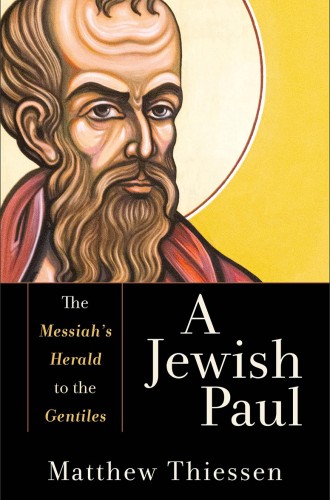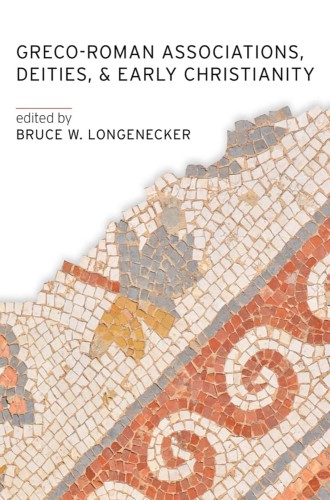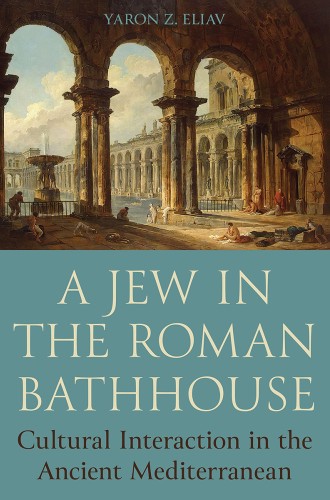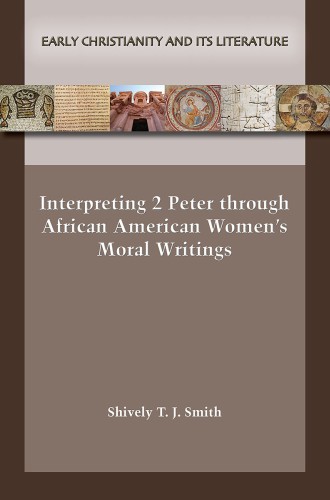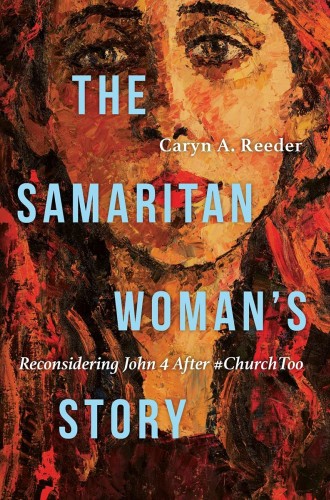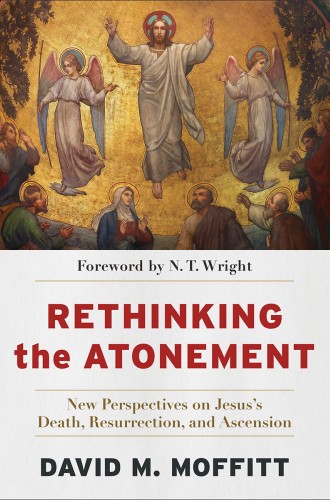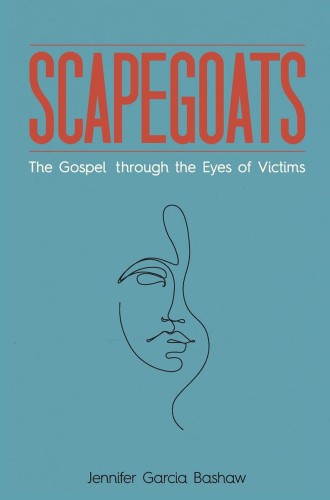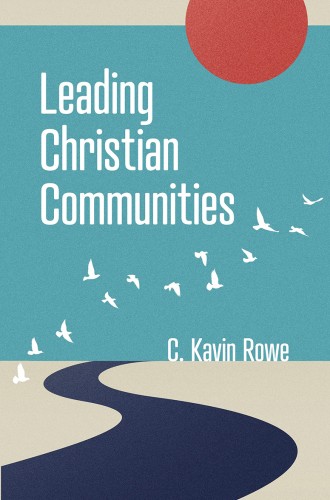A Jewish Paul: The Messiah’s Herald to the Gentiles
By Matthew Thiessen
Baker Academic
Of the many books on Paul published this year, Matthew Thiessen’s stands out. It offers a delightfully clear introduction to a way of reading Paul that is generating lots of discussion among New Testament scholars, though not much among clergy and others. While Thiessen offers his own account, his approach shares much in common with the “Paul within Judaism” or “radical new perspective” reading of Paul. This reading begins with a simple premise: Paul was thoroughly Jewish. As Thiessen says, Paul was “not an anomalous Jew, not a radical Jew, not a marginal Jew. Just one Jew living his life and following his perceived calling amid the diversity and richness of first-century Judaism.” Accordingly, Thiessen places Paul within the “diversity and richness of first-century Judaism” in ways that challenge common ideas about how Paul related to Judaism in his day.
Greco-Roman Associations, Deities, & Early Christianity
Edited by Bruce W. Longenecker
Baylor University Press
Many New Testament texts were written to communities. It can be hard to imagine what these communities were like on the ground, in their particulars. In recent years, New Testament scholars have increasingly given attention to the remains of Greco-Roman associations, which were organized around some shared aspect of life (such as an occupation, ethnicity, or neighborhood). These groups left behind countless inscriptions and writings—artifacts that bear witness to the associations’ activities, financial practices, bylaws, membership rosters, and meeting places. In the two dozen essays collected by Bruce Longenecker in this fascinating volume, scholars demonstrate both the potential benefits and the difficulties of using associational artifacts to sharpen our understanding of the earliest Christian communities.
A Jew in the Roman Bathhouse: Cultural Interaction in the Ancient Mediterranean
By Yaron Z. Eliav
Princeton University Press
Yaron Z. Eliav rejects the popular idea that ancient Jews “lived on a different planet,” resisting Roman culture at every turn. He does so by taking readers on an adventure to a place full of social significance and, well, nudity: the Roman bathhouse. Bathhouses were central to Roman culture, existing throughout the empire in both small towns and major cities. Eliav turns largely to rabbis—whose writings come from the second century CE and later—to show that at least some Jewish people found ways to engage with Roman culture thoughtfully and peaceably. These Jews “embraced, absorbed, and accepted” life in the bathhouse while “they also rejected, reconfigured, and re-created it.” Eliav’s engaging account of cultural interaction between Jews and non-Jews in the rabbinic era will help readers to better imagine the interactions between Jews and Gentiles in the New Testament.
Interpreting 2 Peter through African American Women’s Moral Writings
By Shively T. J. Smith
SBL Press
Authors of New Testament texts employed rhetorical strategies and devices in attempting to shape the behaviors of individuals and the culture of the earliest Christian communities. Shively T. J. Smith takes a unique and fruitful approach to assessing the rhetoric of 2 Peter. Although the chapters of this book address standard topics in the study of 2 Peter, Smith takes readers “through a particular interpretive door,” the moral writings of 19th-century African American women. She summons readers to see how these women’s discursive strategies, citational techniques, and treatments of biblical themes throw light on this often-ignored New Testament text. While there are commonalities in the rhetorical strategies used by both the African American women and the authors of 2 Peter, Smith argues that they differ in the sort of culture they aim to cultivate. She provides not only a fresh engagement with 2 Peter but also an introduction to voices often excluded from “the table of critical biblical studies.”
The Samaritan Woman’s Story: Reconsidering John 4 after #ChurchToo
By Caryn A. Reeder
IVP Academic
Raise your hand if you’ve heard a preacher describe the Samaritan woman in John 4 as a no-good sexual sinner. That has been the dominant interpretation of her character throughout church history. But, as Caryn Reeder points out, Jesus doesn’t call the Samaritan woman a sinner, though in John’s Gospel Jesus calls many other people sinners; moreover, this interpretation neglects important social and historical context. Reeder reinterprets the Samaritan woman’s story, portraying her as wise and thoughtful, a model of faithful response to Jesus, and a sign that God may be worshiped by all. As Reeder suggests, this is necessary work as the church reckons with the way its “minimizing, sexualizing, and silencing of women”—in this case, through its interpretation of scripture—has contributed to the inestimable harm of many women.
Rethinking the Atonement: New Perspectives on Jesus’s Death, Resurrection, and Ascension
By David M. Moffitt
Baker Academic
Does Jesus’ death finish his atoning work? For David Moffitt, the answer is: not quite. This essay collection challenges readers to reevaluate how we think Jesus’ death relates to our reconciliation to God. Moffitt grapples with atonement in the New Testament in light of Israel’s scriptures and sacrificial practices, showing that death—the death both of sacrificial animals and of Jesus—does not atone on its own but rather creates the conditions in which God and humanity can be reconciled. This challenges Christian theology to consider more fully the way Jesus’ resurrection, ascension, and ongoing mediation make atonement. One reviewer laments that Moffitt does not step more boldly into the constructive theological task, but that just leaves something for readers to work at after finishing Moffitt’s book. (I recommend pairing Moffitt’s work with Katherine Sonderegger’s Systematic Theology: Volume 2, which is the only Christian systematic theology I know of that spends 100 pages on Leviticus.)
Scapegoats: The Gospel through the Eyes of Victims
By Jennifer Garcia Bashaw
Fortress
Jesus “becomes the scapegoat to end all scapegoats,” writes Jennifer Garcia Bashaw, “and exposes the truth that could end human blame and violence once and for all.” Engaging René Girard’s theology with scripture, Bashaw offers careful readings of numerous gospel stories in which Jesus welcomes and restores people othered and scapegoated. She also shows how the church has often perpetuated the sort of othering Jesus rejected and the sort of scapegoating that led to Jesus’ crucifixion. This twofold journey through Jesus’ ministry and the church’s history leads up to a kind of altar call: “We must gather together at the communion table to remember the scapegoat’s death—and what it revealed—so that we might trade the needless cycle of fear, blame, and violence for the liberating cycle of confession, inclusion, and imitation of Christ.”
Leading Christian Communities
By C. Kavin Rowe
Eerdmans
For more than a decade, New Testament scholar Kavin Rowe has written thoughtful reflections on Christian ministry for Faith and Leadership. In this collection of those essays, Rowe frequently engages in winsome New Testament interpretation. For instance, the first section contains seven reflections on how Acts depicts thriving communities. Other chapters consider aspects of Christian ministry, such as humor, failure, and listening. I first came across some of these reflections as a divinity school student, but I most clearly recall returning to Rowe’s essay “Traditioned Innovation—a Biblical Way of Thinking” as a pastor. My congregation—and some of the leaders with whom I served—had many dearly held traditions. Other leaders felt a deep need for change within our congregation. Rowe’s idea of “traditioned innovation” gave us language, rooted in scripture, for navigating life together.


